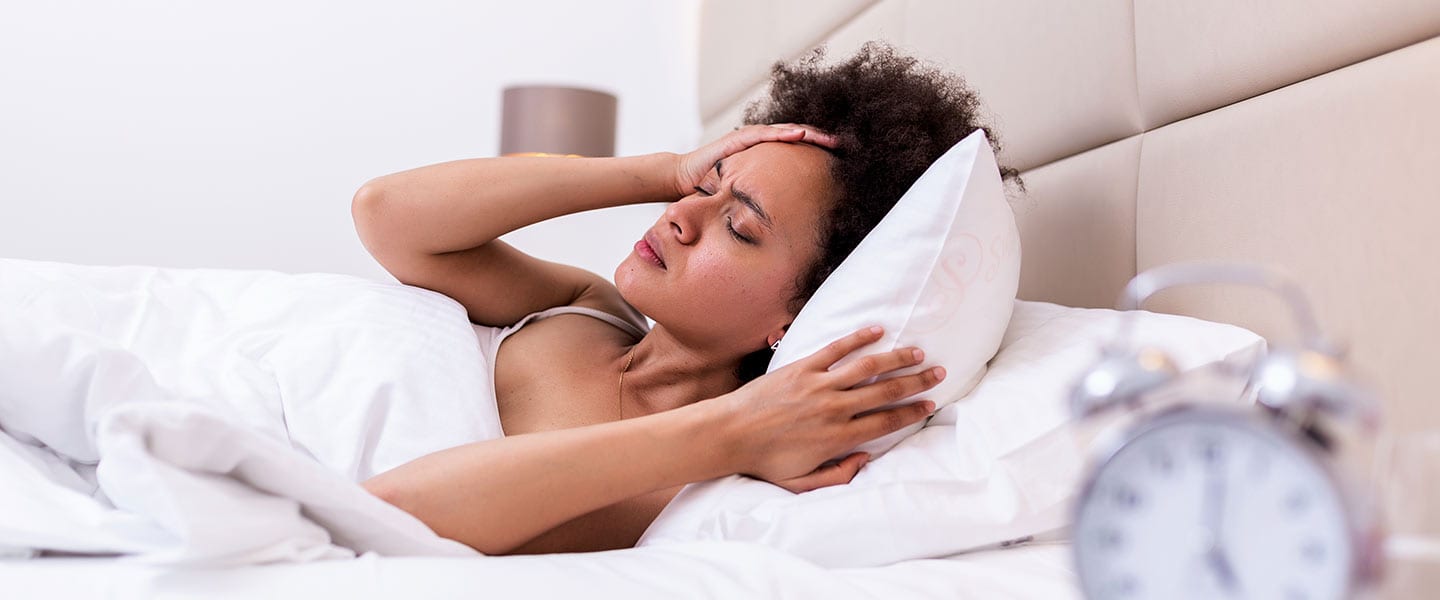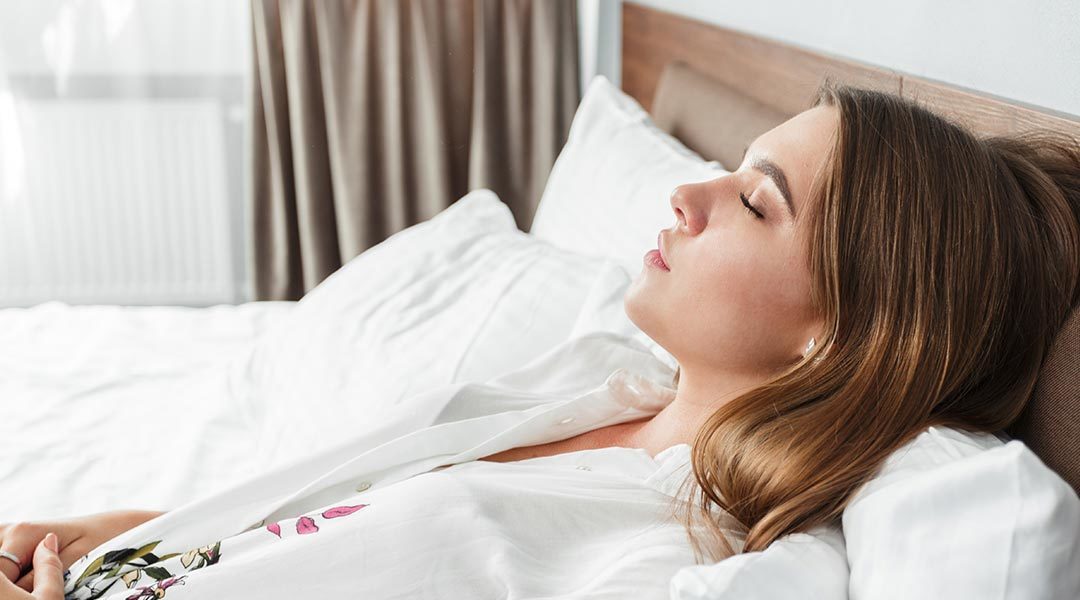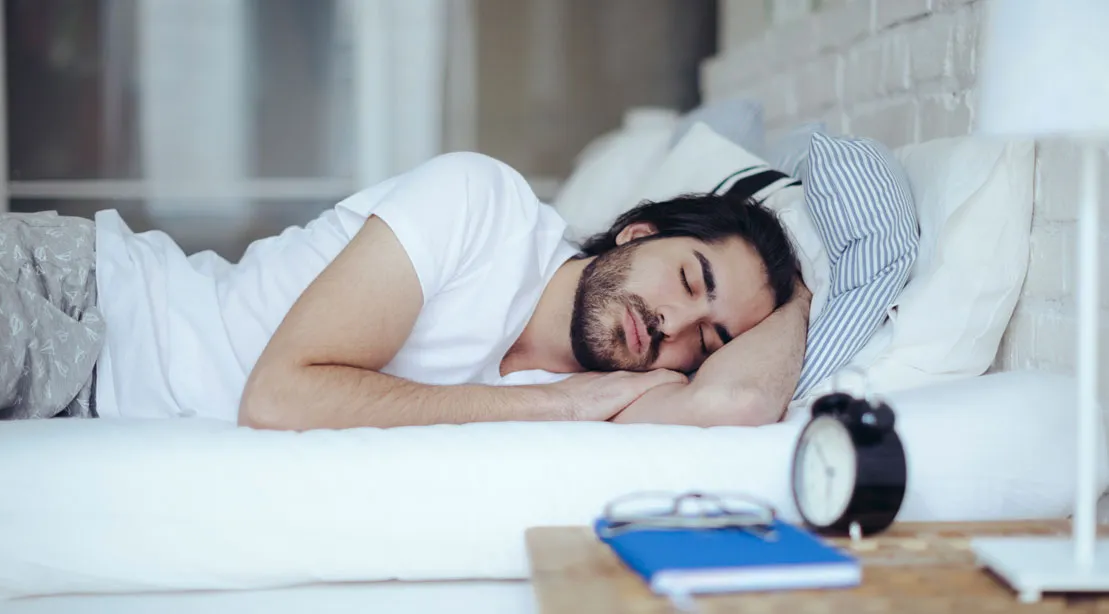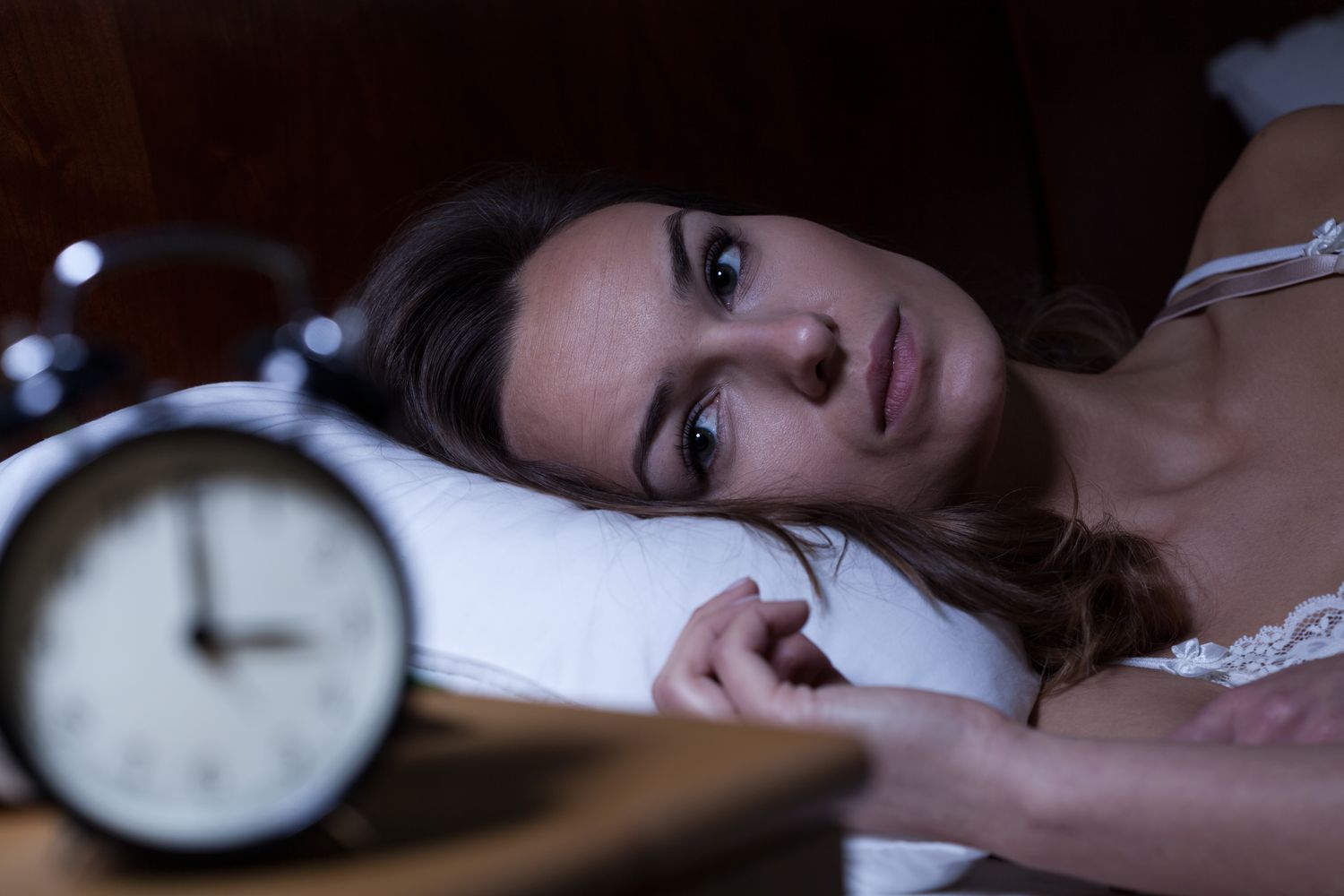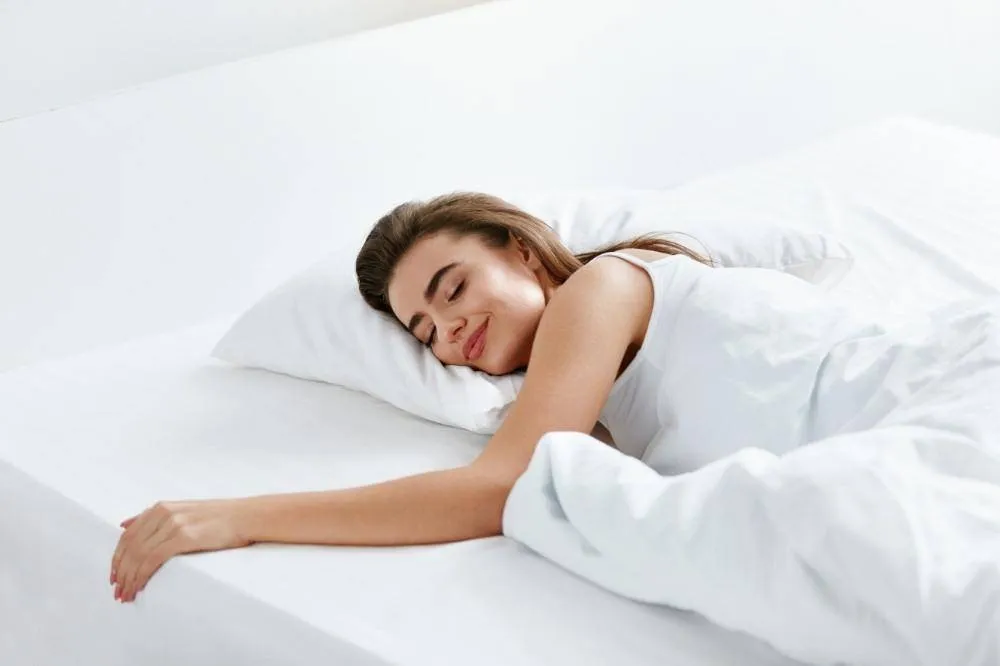Sleepless Nights, Worried Days: How Sleep Deprivation Hurts Your Health
Sleepless Nights, Worried Days: How Sleep Deprivation Hurts Your Health
Ever toss and turn all night, only to wake up feeling sluggish and run down? You’re not alone. Millions of people struggle with sleep deprivation, and it’s not just about feeling tired. Skimping on sleep can have a significant impact on your physical health, weakening your immune system, increasing your risk of chronic diseases, and affecting your energy levels. This blog post dives into the ways sleep deprivation can affect your body, helping you understand why prioritizing sleep is essential for staying healthy.
1. Sleepless and Sick: Weakening Your Immune System
Sleep is essential for a healthy immune system. During sleep, your body produces proteins called cytokines, which help fight infection and inflammation. When you don’t get enough sleep, your body produces fewer cytokines, making you more susceptible to illness.
Actionable Tip: Wash your hands frequently and avoid close contact with people who are sick to minimize your risk of infection [1]. A weakened immune system makes you more susceptible to germs, but practicing good hygiene can help provide an extra layer of defense.
Mistake to Avoid: Don’t think a little sleep loss is no big deal. Chronic sleep deprivation, meaning regularly getting less than the recommended amount of sleep can significantly weaken your immune system’s ability to fight off germs. Even a few nights of poor sleep can make you more likely to catch a cold or the flu.
Stat: Research shows that people who don’t get enough sleep are more likely to catch a cold or the flu compared to those who get regular sleep [1]. One study found that people who slept less than 7 hours per night were three times more likely to develop a cold within a week than those who slept 8 hours or more.
Case Study 1: Dev, a college student burning the midnight oil to cram for exams, constantly seems to be catching colds. He realizes his lack of sleep might be to blame and starts prioritizing getting enough rest. He notices he gets sick less often after consistently getting 7-8 hours of sleep per night.
Case Study 2: Priya, a new mom, is sleep-deprived due to her newborn’s feeding schedule. She catches a cold and takes longer to recover than usual. She prioritizes getting daytime naps when possible, and her immune system seems to bounce back faster with the additional sleep.
Source: [1] Sleep Foundation. Sleep Debt. https://www.sleepfoundation.
2. Sleepless and Sluggish: Decreased Energy and Weight Gain
Sleep deprivation can zap your energy levels and disrupt your metabolism. When you don’t get enough sleep, your body produces more ghrelin (the hunger hormone) and less leptin (the fullness hormone). This hormonal imbalance can lead to increased appetite and cravings for sugary or unhealthy foods, making it harder to maintain a healthy weight.
Actionable Tip: Maintain a healthy diet and exercise regularly, even when you’re feeling tired [2]. A healthy lifestyle can help combat the fatigue caused by sleep deprivation and may help regulate your appetite hormones.
Mistake to Avoid: Don’t rely on extra coffee or sugary snacks to boost your energy. These provide a temporary fix but can disrupt your sleep further. The caffeine in coffee can interfere with sleep quality, and sugary snacks can cause a blood sugar crash that leaves you feeling even more tired.
Stat: Studies suggest that sleep deprivation can disrupt hormones that regulate hunger and metabolism, leading to weight gain over time [2]. People who are sleep-deprived are more likely to be overweight or obese compared to those who get enough sleep.
Case Study 1: Dev feels constantly drained and relies on sugary drinks to stay awake throughout the day. He realizes this isn’t healthy and starts prioritizing sleep. He feels more energetic and finds it easier to stick to healthy eating habits when he’s well-rested.
Case Study 2: Priya feels exhausted and struggles to maintain her exercise routine due to sleep deprivation. She prioritizes getting daytime naps when possible, and her energy levels improve, allowing her to get back on track with exercise. A healthy diet and exercise can help regulate hormones and improve sleep quality, creating a positive cycle.
Source: [2] Mayo Clinic. Healthy Sleep Habits. https://www.mayoclinic.org/
3. Sleepless and Stressed: Impact on Heart Health
Lack of sleep can significantly impact your heart health. When you don’t get enough sleep, your body produces stress hormones like cortisol. Chronically elevated cortisol levels can increase your blood pressure and heart rate, putting you at a higher risk of heart disease, stroke, and other chronic health problems.
Actionable Tip: Practice relaxation techniques like deep breathing or meditation to manage stress [3]. Chronic stress can worsen sleep problems, creating a vicious cycle. By managing stress, you can improve your sleep quality and protect your heart health.
Mistake to Avoid: Don’t ignore the connection between sleep and stress. Lack of sleep can increase stress hormones, which can be harmful to your heart health. The negative effects compound on each other. If you’re feeling stressed and sleep-deprived, addressing both issues is crucial.
Stat: Research suggests that sleep deprivation can elevate blood pressure and increase the risk of heart disease and stroke [3]. Studies have shown a correlation between chronic sleep deprivation and an increased risk of heart attack, stroke, and heart failure.
Case Study 1: Dev, constantly sleep-deprived due to work deadlines, feels his stress levels skyrocketing. He realizes it’s affecting his sleep and starts incorporating meditation into his routine. His sleep improves, and he feels calmer overall, lowering his stress hormones and reducing his risk of heart problems.
Case Study 2: Priya experiences anxiety due to sleep deprivation from her newborn’s feeding schedule. She practices deep breathing exercises to manage her stress, which helps her sleep better and lowers her anxiety. Better sleep helps regulate her stress hormones, improving her overall health.
Source: [3] American Academy of Sleep Medicine. Sleep and Stress https://aasm.org/dont-let-
What to Do Now:
Prioritize Sleep: Aim for 7-9 hours of sleep each night. Most adults need this amount of sleep to function at their best and to allow their bodies to repair and recharge.
National Library of Medicine: Sleep Deprivation and Health Consequences [4]: This website offers a wealth of information on the latest research on sleep deprivation and its health consequences.
American Heart Association: How Does Sleep Deprivation Affect Your Body? [5]: This website provides details on the various ways sleep deprivation can impact your physical and mental health.
Practice good sleep hygiene: Create a consistent sleep schedule, wind down before bed with a relaxing bedtime routine, and optimize your sleep environment for darkness, quiet, and coolness.
Manage stress: Chronic stress can disrupt sleep. Practice relaxation techniques and address underlying stressors in your life.
See a doctor if you have trouble sleeping: Underlying sleep disorders like sleep apnea or insomnia might be affecting your sleep quality. A doctor can help diagnose and treat sleep disorders.
Bonus Tip: Keep a sleep diary to track your sleep patterns and identify any potential issues affecting your sleep quality. This can help you understand your sleep habits and make adjustments to improve your sleep hygiene.
Remember: Sleep is not a luxury; it’s a necessity for good health. By prioritizing sleep and making healthy lifestyle choices, you can combat the negative effects of sleep deprivation and wake up feeling refreshed and ready to take on the day. Sweet dreams!
Related Posts
10 Must-Know Facts About Home Oxygen Therapy
What Do Parents Need to Know About Home Care for babies with CDH?
How To Respond To Breathing Difficulties At Home Before Medical Help Arrives?
Is Your Child Struggling to Breathe? Here’s How to Provide Care at Home
How Does Air Pollution Impact Respiratory Health?
What is Human Metapneumovirus (HMPV)?
Could HMPV Become Another Pandemic Like COVID-19? Here’s What We Know
Is Home Oxygen Therapy Safe?
Night Sweats: Should You Be Concerned?
How Is Sleeping Related To Respiratory Health In Children?
How Can Respiratory Patients Manage Stress?
How Can Respiratory Patients Manage Stress?
What is Sleep Apnea And How Can You Manage It?
How-To Sleep Better
Can Sleep Apps Help You Snooze or Lose?

